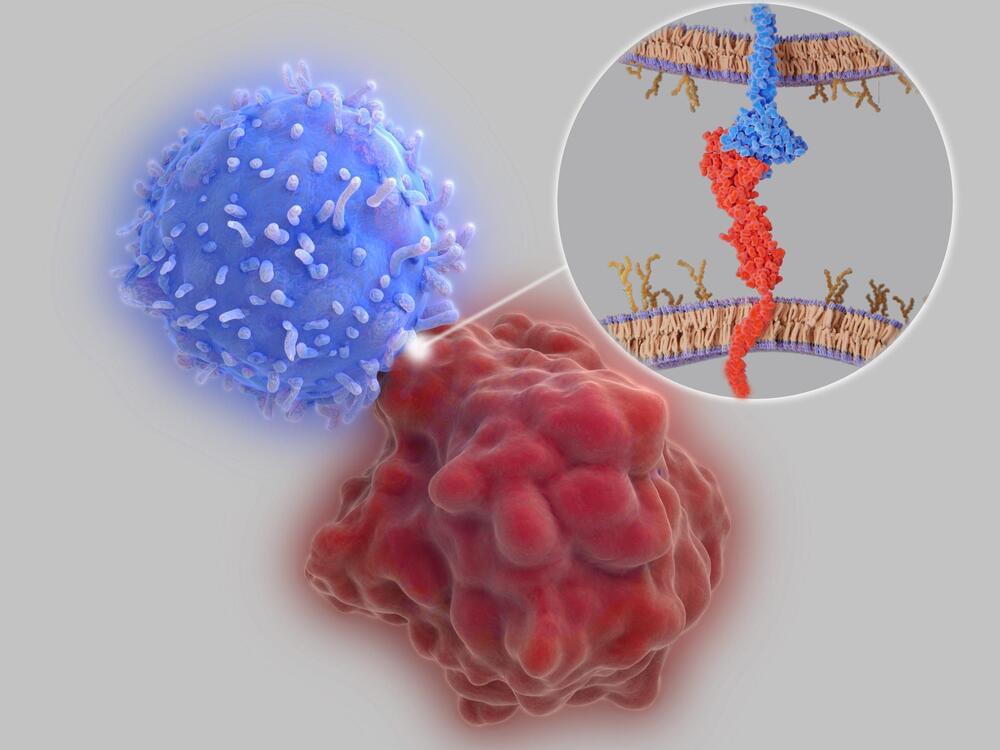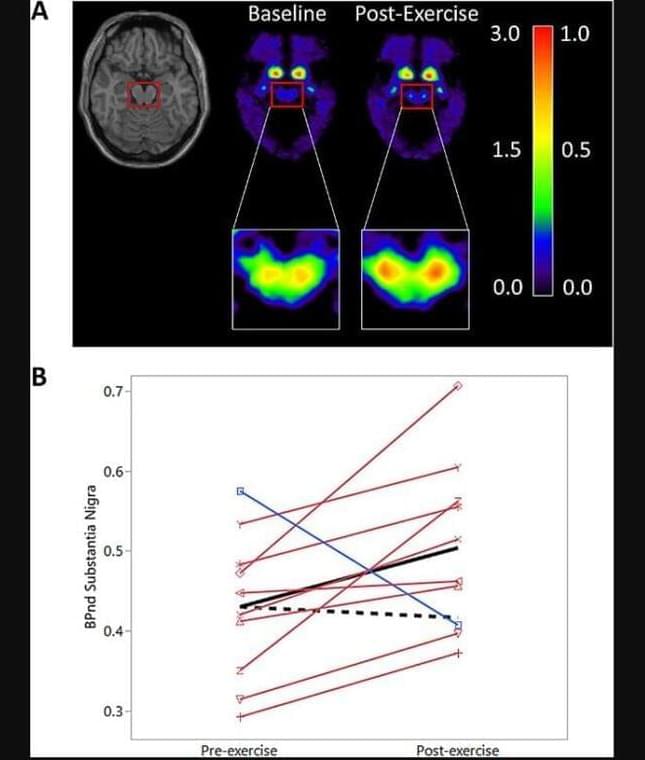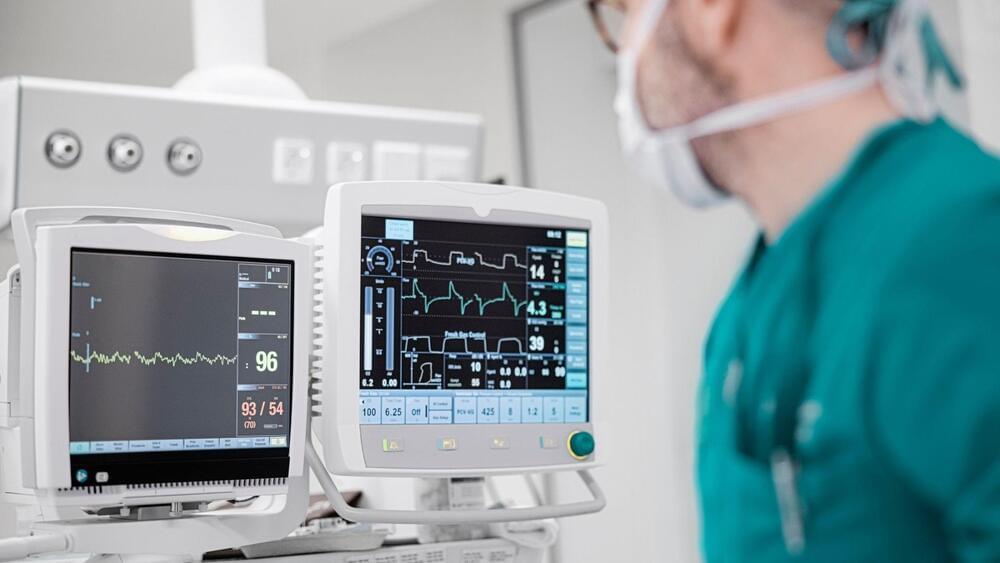This article describes a clinical case of breast cancer, its diagnosis, possible prophylaxis, causes, and anatomy. Click now.



The authors cited results from a recent Phase II clinical trial reporting that Peresolimab, a PD-1 agonist monoclonal antibody, was effective in treating rheumatoid arthritis, but that the mechanism whereby peresolimab acts as an agonist was not reported. “Our characterization of PD-1 TMD dimerization may help inform evolving strategies for developing both agonists and antagonists,” they stated.
Co-senior investigator and cancer immunologist Jun Wang, PhD, an assistant professor in the Department of Pathology at NYU Grossman and Perlmutter, added, “Our findings offer new insights into the molecular workings of the PD-1 immune cell protein that have proven pivotal to the development of the current generation of anticancer immunotherapies, and which are proving essential in the design and developing of the next generation of immunotherapies for autoimmune diseases.”
Among the study’s findings was that a single change in the amino acid structure of the transmembrane segment can act to either enhance or diminish the inhibitory function of PD-1 in immune responses. The team plans further investigations of PD-1 inhibitors and agonists to see if they can tailor what they say are more effective, “rationally designed” therapies for both cancer and autoimmune disorders. Concluding on their findings in their paper, the team wrote, “In this study, we show that PD-1 and its ligands form dimers as a consequence of transmembrane domain (TMD) interactions and that propensity for dimerization correlates with PD-1 ability to inhibit immune responses, antitumor immunity, cytotoxic T cell function, and autoimmune tissue destruction. These observations contribute to our understanding of the PD-1 axis and how it can potentially be manipulated for improved treatment of cancer and autoimmune diseases.”

Researchers at the Icahn School of Medicine at Mount Sinai and others have harnessed the power of machine learning to identify key predictors of mortality in dementia patients.
The study, published in the February 28 online issue of Communications Medicine, addresses critical challenges in dementia care by pinpointing patients at high risk of near-term death and uncovers the factors that drive this risk.
Unlike previous studies that focused on diagnosing dementia, this research delves into predicting patient prognosis, shedding light on mortality risks and contributing factors in various kinds of dementia.

High-intensity exercise induces brain-protective effects that have the potential to not just slow down but possibly reverse the neurodegeneration associated with Parkinson’s disease, a new pilot study suggests.
Prior research has shown that many forms of exercise are linked to improved symptoms of Parkinson’s disease. But there has been no evidence that hitting the gym could create changes at the brain level. Now, a small proof-of-concept study involving 10 patients showed that high-intensity aerobic exercise preserved dopamine-producing neurons, the brain cells that are most vulnerable to destruction in patients with the disease.
In fact, after six months of exercise, the neurons actually had grown healthier and produced stronger dopamine signals. Dopamine is a chemical that helps brain cells communicate with one another. The researchers published their findings in npj Parkinson’s Disease on February 9.

“There’s a muon right there,” says Tioukov, pointing to a squiggly line he’s blown up using a microscope.
After months of painstaking analysis, Tioukov and his team are able to put together a three-dimensional model of that hidden burial chamber, closed to human eyes for centuries, now opened thanks to particle physics.
What seems like science fiction is also being used to peer inside the pyramids in Egypt, chambers beneath volcanoes, and even treat cancer, says Professor Giovanni De Lellis.

Knowing your “oldest organ” might also tell you more about your health trajectory — and the age-related diseases you could develop — than your biological age. The study found that individuals with accelerated heart aging, for example, have a 250% higher risk of heart failure. Every additional four years of age increased an individual’s risk of developing heart disease by almost 2.5-fold over 15 years, the study noted. It also found that accelerated brain and vascular aging in an individual can predict the progression of Alzheimer’s disease as strongly as the best biomarker test for the disease.
The technology to measure age organ-by-organ is far from ready to mainstream. Still, the concept has attracted the interest of those in longevity circles, according to The Wall Street Journal. Some researchers told the Journal that there may be a day when patients can test the age of their organs through a simple blood test. It’s not a far-off idea, given that there are already blood tests that can test for cancer.
However, some scientists believe there’s little merit in providing patients with these details before we devise interventions for them.


Organic computers are based on living, biological “wetware”. This video reports on organic computing research in areas including DNA storage and massively parallel DNA processing, as well as the potential development of biochips and entire biocomputers. If you are interested in this topic you may enjoy my book “Digital Genesis: The Future of Computing, Robots and AI”. You can download a free pdf sampler, here: http://www.explainingcomputers.com/ge… purchase “Digital Genesis” on Amazon.com here: http://amzn.to/2yVKStK Or purchase “Digital Genesis” on Amazon.co.uk here: http://www.amazon.co.uk/dp/1976098068… Links to specific research cited in the video are as follows: Professor William Ditto’s “Leech-ulator”: http://www.zdnet.com/article/us-scien… Development of transcriptor at Stanford: https://med.stanford.edu/news/all-new… Harvard Medical School DNA storage: https://hms.harvard.edu/news/writing–… Yaniv Erlich and Dina Zielinski DNA storage: http://pages.jh.edu/pfleming/bioinfor… Manchester University DNA parallel processing: http://rsif.royalsocietypublishing.or… All biocomputer and other CG animations included in this video were produced by and are copyright © Christopher Barnatt 2017. If you enjoy this video, you may like my previous report on quantum computing: • Quantum Computing 2017 Update More videos on computing-related topics can be found at:
/ explainingcomputers You may also like my ExplainingTheFuture channel at:
/ explainingthefuture.

For the survival of life on Earth, the process where plants perform photosynthesis to generate oxygen and chemical energy using sunlight is crucial. Scientists from Göttingen and Hannover have now achieved a breakthrough by creating a high-resolution 3D visualization of the chloroplasts’ copying mechanism, the RNA polymerase PEP, for the first time. This intricate structure offers fresh perspectives on the operation and evolutionary history of this vital cellular apparatus, instrumental in interpreting the genetic blueprints for proteins involved in photosynthesis.
Without photosynthesis, there would be no air to breathe – it is the basis of all life on Earth. This complex process allows plants to convert carbon dioxide and water into chemical energy and oxygen using light energy from the sun. The conversion takes place in the chloroplasts, the heart of photosynthesis. Chloroplasts developed in the course of evolution when the ancestors of today’s plant cells absorbed a photosynthetic cyanobacterium. Over time, the bacterium became increasingly dependent on its “host cell”, but maintained some significant functions such as photosynthesis and parts of the bacterial genome. The chloroplast therefore still has its own DNA, which contains the blueprints for crucial proteins of the “photosynthesis machinery”